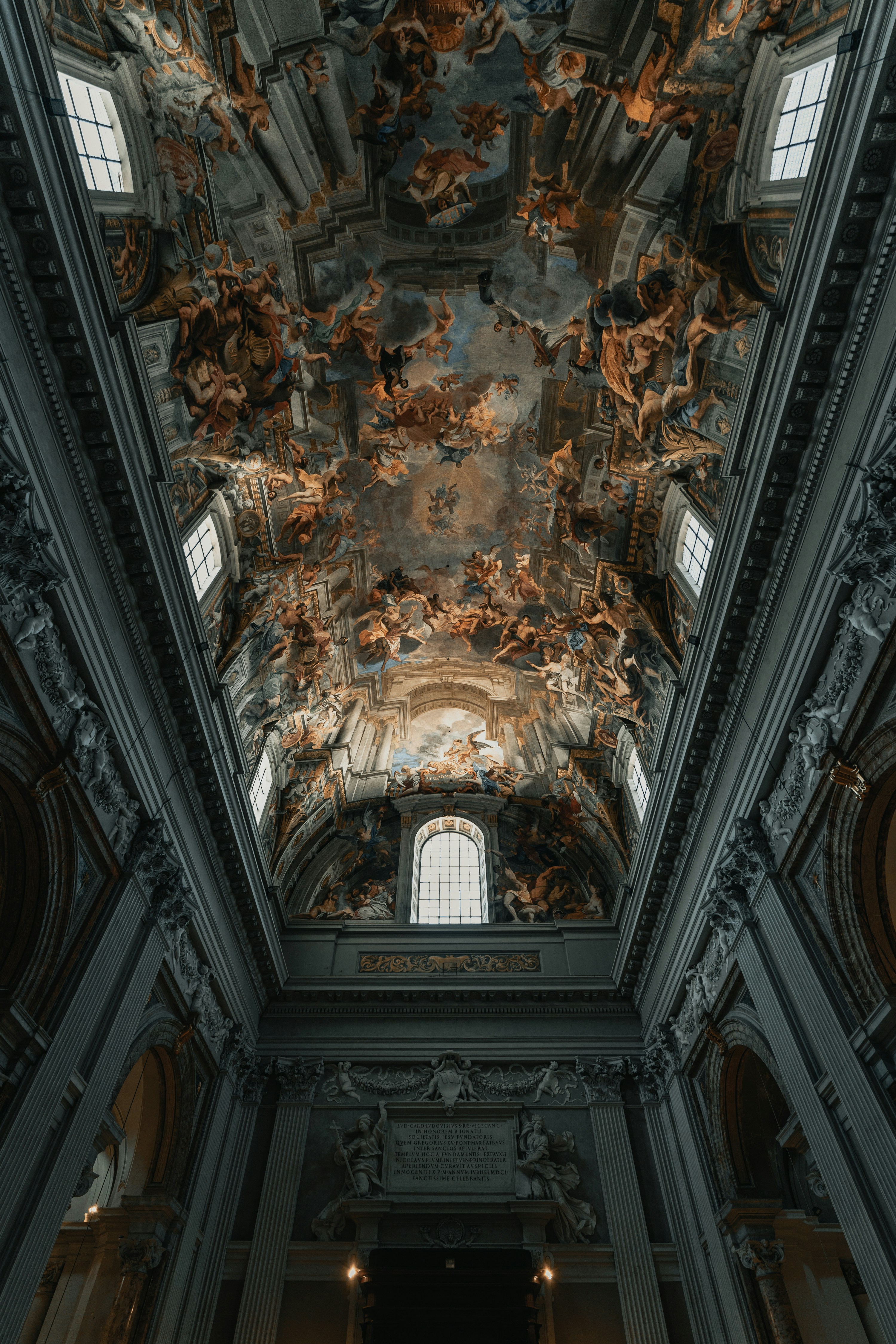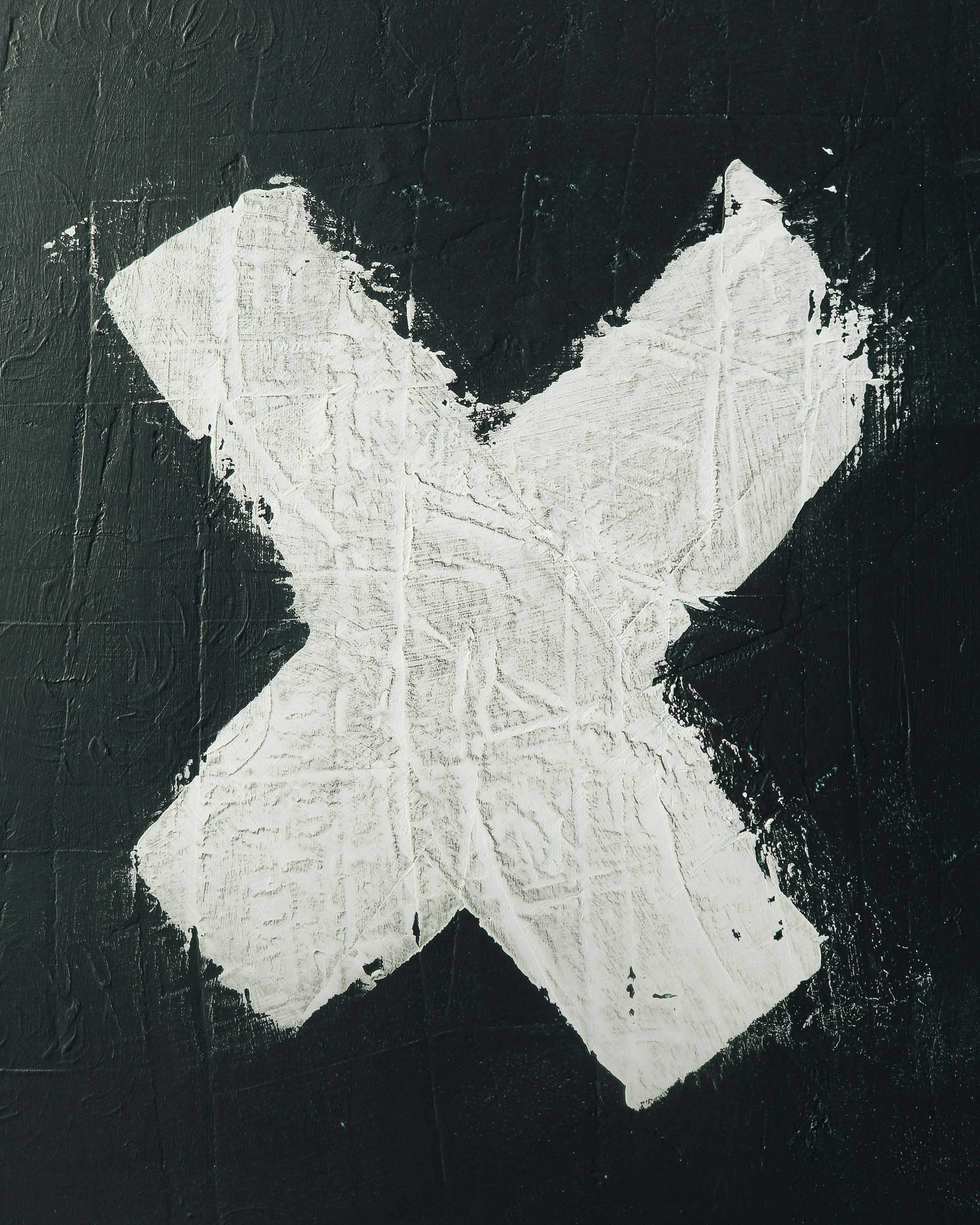Exploring Diverse Types of Paint Brushes and Their Distinct Applications
February 23, 2025 | by robert@mybrushlife.com
 Photo by RhondaK Native Florida Folk Artist on Unsplash
Photo by RhondaK Native Florida Folk Artist on Unsplash Understanding Different Paint Brush Categories
The world of paint brushes is diverse, with each category designed to perform distinct functions based on the material, shape, and size. A fundamental distinction is between synthetic and natural bristles. Synthetic brushes, typically made from nylon or polyester, offer durability and resilience, making them ideal for use with water-based paints such as acrylics. They tend to maintain their shape over time, ensuring consistent application without shedding bristles. On the other hand, natural bristles, sourced from animal fur like hog, sable, or mongoose, are favored for their superior paint-holding capacity and softer application, especially in oil painting and watercolor techniques. The choice between synthetic and natural bristles significantly influences the resulting texture and finish of the artwork.
Beyond bristle types, the shape of a paint brush plays a crucial role in determining the techniques an artist can achieve. Common shapes include flat, round, filbert, and angle brushes, each serving specific purposes. Flat brushes, with their broad and straight edges, are excellent for sweeping strokes and filling larger areas. Round brushes, featuring a pointed tip, facilitate fine lines and detailed work, making them suitable for intricate designs. Filbert brushes, which combine the characteristics of flat and round brushes, are versatile and can produce soft edges or broader strokes. Angle brushes, with slanted bristles, are particularly effective for creating sharp edges and blending.
Moreover, the size of a brush influences the precision of an application. Smaller brushes are ideal for detail work, while larger brushes cover more significant areas quickly. Understanding the variety in brush designs and applications allows artists to choose the right tool for their specific painting endeavors. In summary, selecting the appropriate paint brush involves considering both the materials and the shapes available, ensuring that artists are equipped for their desired techniques and paint types.
Specialized Paint Brush Uses for Various Artistic Techniques
In the world of art, the right tools can significantly influence the outcome of a project. Paint brushes come in a variety of shapes, sizes, and materials, each designed for specific tasks and artistic techniques. Understanding the unique applications of different paint brushes can empower artists to maximize their creativity and enhance their works, whether they are beginners or seasoned professionals.
For fine detailing, a round brush is often the preferred choice. Its sharp tip is perfect for intricate work and provides control necessary for precision. Artists may utilize these brushes while engaging in watercoloring, where delicate strokes can create lifelike features and textures. Similarly, a liner brush, which typically has longer bristles, is ideal for long, narrow lines, enabling artists to add fine details in various painting styles, such as oils or acrylics.
When it comes to blending, a flat or filbert brush can be most effective. The shape of a filbert brush allows for soft edges and gradual transitions between colors, making it particularly useful in oil painting techniques. Additionally, a bristle brush can provide texture, which is invaluable in creating depth in a painting. For broader strokes and large areas, a wide flat brush or a mop brush proves efficacious. These brushes can cover significant sections of canvas quickly, making them advantageous for backgrounds or base layers.
Beginners are often encouraged to experiment with various brushes to discover their personal preferences and discover techniques that resonate with their artistic style. For instance, trying out palette knives alongside brushes can introduce new textures and effects to their artwork. Ultimately, understanding the specialized uses of each paint brush type facilitates more effective artistic expression and leads to a more enjoyable creative process.
RELATED POSTS
View all

